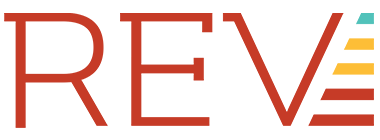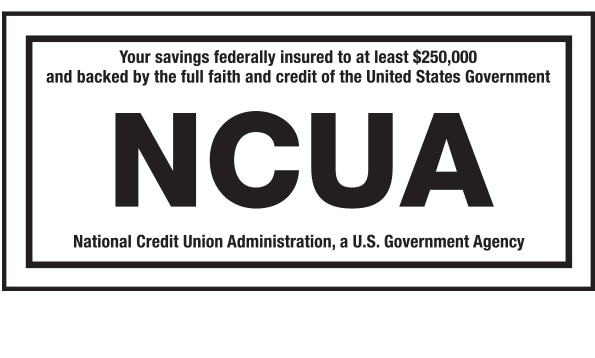When it comes to buying a home, there are many important decisions to make, and the down payment is a big one.
The down payment affects how much you’ll qualify for, the interest rate, the total cost of your loan, and even how much equity you’ll have. It’s a pretty significant step on the path to home ownership and REV is here to make sure every one of those steps is made in confidence.
A down payment is a percentage of your home’s purchase price that you pay upfront. It’s not required that you put 20% down, but oftentimes the best loan terms come with a 20% down payment or more. On the flip side, if you put down less than 20%, you might be required to purchase private mortgage insurance (PMI).
Think of it as the initial lump sum you shell out to secure a loan for something you aren’t able to buy with cash alone. The more you put down, the less the lender has to lend to you, which can help save you money in the long run.
A 20% down payment is a big chunk of change! If you’re buying a $200,000 house and you decide to put down 20%, you would have to fork over $40,000 upfront. By doing this, you would take out a mortgage of $160,000, ultimately reducing your loan size and making homeownership less expensive over time. But not everyone has $40,000 in savings to spend on a house, especially younger first-time homebuyers – which doesn’t come as a surprise that the average down payment for the first-time homebuyer is around 6%.[i]
Many people think that a 20% down payment is required. But you can actually get a mortgage with as little as 3%, 3.5% or even 0% down. A great example of this is REV’s StartSmart loan specifically designed for first-time homebuyers and does not have a down payment requirement. There is also no requirement to purchase private mortgage insurance, which is an ongoing monthly premium paid so that if the borrower defaults on the loan, the mortgage insurance company makes sure the lender is paid in full.
[i] https://www.nar.realtor/blogs/economists-outlook/tackling-home-financing-and-down-payment-misconceptions
No. You can still qualify for a conventional home loan (a loan not backed by the government) with less than 20% down, but you may have to pay a higher interest rate and will have to pay PMI.
Many government-backed loans also require mortgage insurance, although the down payment amount and terms vary. Having 20% down is a good goal, but it is neither necessary or realistic for many buyers, given current home prices in many markets.
So, while a 20% down payment may seem like the norm, it’s not always a strict requirement. Different mortgage options allow for smaller down payments, giving flexibility and accessibility for those of us who may not have a large amount of savings or who have different financial priorities.
Typically, conventional loans require a 20% down payment, or else PMI has to be paid until the loan-to-value (LTV) ratio falls below 80%. For those who qualify, government loans, like the ones listed below, come with more lenient credit requirements and more flexible options when it comes to a down payment.
Federal Housing Administration (FHA) loans. Backed by the FHA, these loans are an attractive option for those with less than ideal credit and lower incomes. Private lenders follow government regulations to make these loans accessible and the best part is that buyers only need a 3.5% down payment.
VA loans. If you’re a veteran, active-duty military member, or an eligible surviving spouse, the U.S. Department of Veteran’s Affairs offers VA loans that require little to no down payment. The financial requirements are minimal, and you can enjoy the benefits of homeownership without the traditional down payment.
USDA home loans. For borrowers in qualifying rural areas, USDA loans have moderate financial requirements. The good news is that borrowers don’t need a down payment to qualify for these loans, making them a great option for those seeking homeownership in rural communities.
HomeReady/Home Possible® loans. Offered by Fannie Mae and Freddie Mac, these loans are specifically for low- and moderate-income families earning less than 80% of the area median income. The down payment is as low as 3%, and reduced mortgage insurance is possible with 10% down.
Talk to one of our knowledgeable Mortgage Loan officers to find out what mortgage option is the right choice for you.
- 70%: Savings, retirement funds, inheritance, or other personal assets
- 31%: Proceeds from selling a previous home
- 10%: Assistance from local nonprofit organizations/government agencies
- 4%: Second loans, home equity loans, or equity lines of credit[i]
[i] https://myhome.freddiemac.com/buying/down-payments-and-pmi
While saving for a down payment is an important part of the homebuying process, you’ll want to make sure you consider other expenses, as well. The Consumer Financial Protection Bureau (CFPB) recommends setting aside some cash to cover closing costs for your mortgage and home purchase, which can range from 2% to 5% of the home’s sales price.[i] Make sure you have this cash set aside, or else you’ll have to pull it from your down payment. It’s a good idea to give yourself a cushion in your cash reserves, so that if your costs turn out to be higher than expected, you’re not left scrambling for additional funds at the last minute.
[i] https://www.consumerfinance.gov/owning-a-home/prepare/determine-your-down-payment/
For many of us, homeownership is a dream worth pursuing. When assessing the amount of savings you have available for a down payment, don’t forget to keep in mind your retirement and other savings goals.




